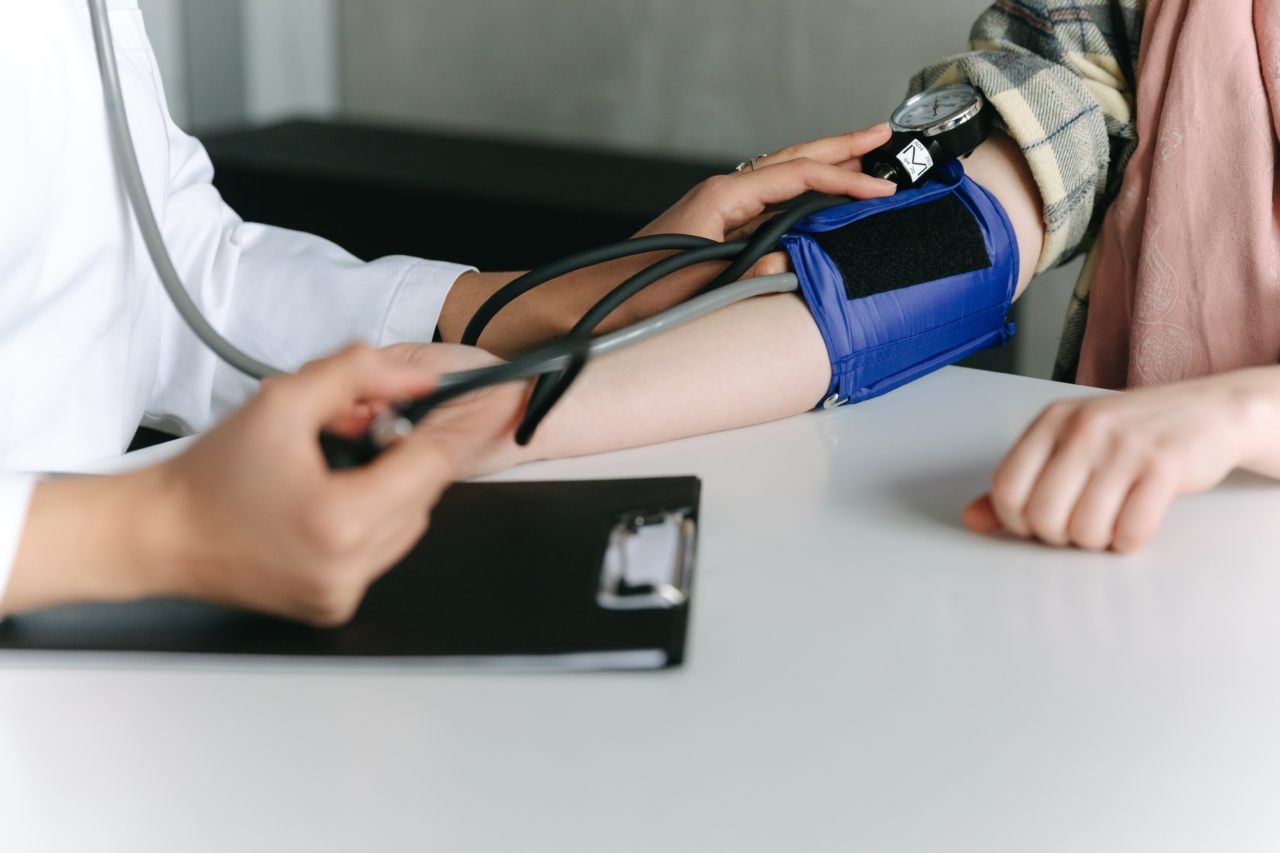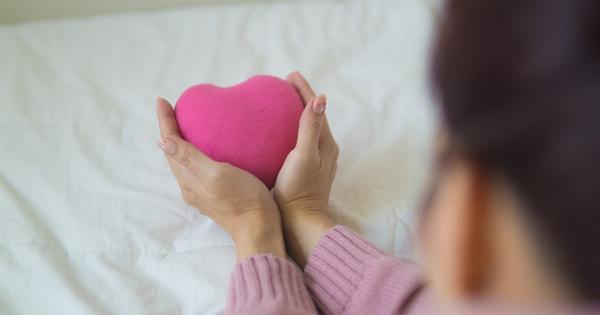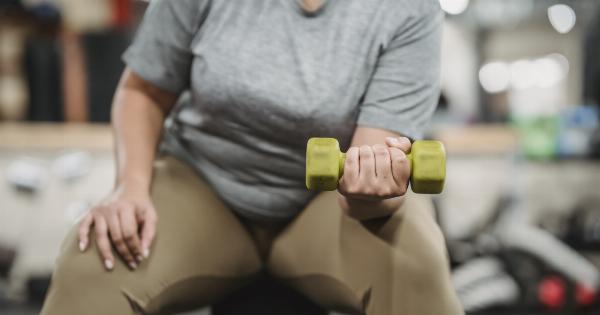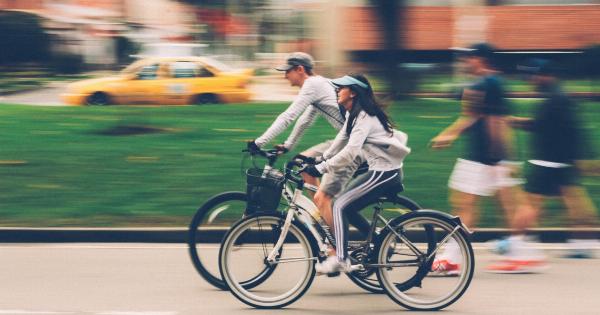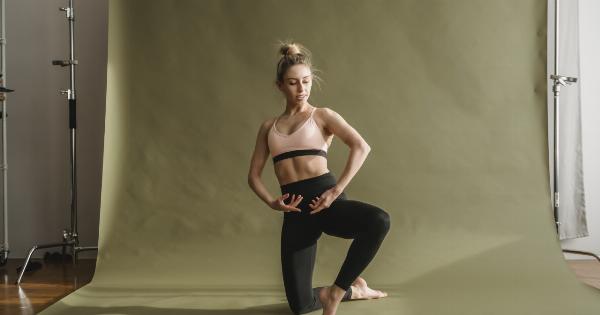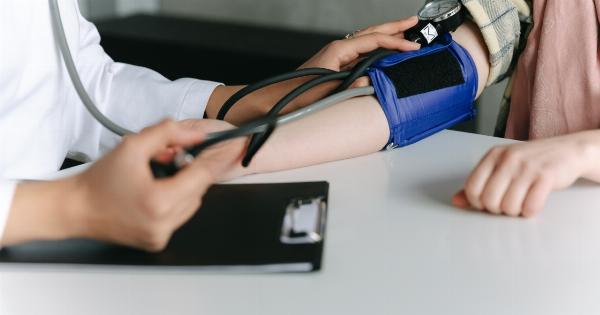Hypertension is a common medical condition that affects millions of people worldwide. It is characterized by high blood pressure and can lead to serious health complications if left untreated.
High blood pressure can be caused by various factors such as the consumption of unhealthy diets, physical inactivity, stress, and genetics. Fortunately, hypertension can be controlled and managed through various lifestyle changes, including regular physical exercise.
In this article, we will discuss some of the most effective workouts that can help reduce hypertension levels and keep your blood pressure in check over time.
1. Cardiovascular Training
Cardiovascular training is one of the most effective workouts for reducing hypertension. This type of exercise involves rhythmic movements that increase the heart rate, improve blood flow, and strengthen the heart muscles.
Examples of cardiovascular training include running, cycling, swimming, and brisk walking. A recent study published in the Journal of Hypertension found that regular cardiovascular training reduced blood pressure in people with hypertension by an average of 6 mmHg systolic and 4 mmHg diastolic.
For optimal results, aim to engage in cardiovascular training for at least 30 minutes per day, five days a week.
2. Resistance Training
Resistance training involves the use of weights or resistance bands to improve muscle strength and endurance. Resistance training can help reduce hypertension by improving blood flow and reducing the stiffness of blood vessels.
In addition, strong muscles can help support and protect the heart, reducing your risk of heart disease. Examples of resistance training include weightlifting, squats, lunges, and push-ups. For optimal results, aim to engage in resistance training for at least two days a week, performing 8-12 repetitions of each exercise.
3. Yoga
Yoga is a form of exercise that combines physical movement, breathing techniques, and relaxation. Yoga can help reduce hypertension by improving heart rate variability, reducing stress and anxiety, and improving blood flow.
A recent study published in the Journal of Clinical Hypertension found that practicing yoga reduced blood pressure in people with hypertension by an average of 11/6 mmHg. Yoga is suitable for people of all ages and fitness levels and can be performed at home or in a class setting.
4. Tai Chi
Tai Chi is a form of exercise that originated in China and involves slow, flowing movements and deep breathing. Tai Chi can help reduce hypertension by improving blood flow, reducing stress and anxiety, and promoting relaxation.
A recent study published in the Journal of Hypertension found that practicing Tai Chi reduced blood pressure in people with hypertension by an average of 10/6 mmHg. Tai Chi is suitable for people of all ages and fitness levels and can be performed at home or in a class setting.
5. High-Intensity Interval Training (HIIT)
High-Intensity Interval Training (HIIT) involves short bursts of intense exercise followed by periods of rest or low-intensity exercise.
HIIT can help reduce hypertension by improving cardiovascular fitness, reducing body fat, and improving glucose metabolism. A recent study published in the Journal of Hypertension found that HIIT reduced blood pressure in people with hypertension by an average of 9 mmHg systolic and 5 mmHg diastolic.
For optimal results, aim to engage in HIIT for at least two days a week, performing 20-30 minutes of high-intensity exercise followed by periods of rest or low-intensity exercise.
6. Pilates
Pilates is a form of exercise that focuses on strengthening the core muscles, improving flexibility, and promoting balance and stability. Pilates can help reduce hypertension by improving blood flow, reducing stress, and promoting relaxation.
A recent study published in the Journal of Hypertension found that Pilates reduced blood pressure in people with hypertension by an average of 3 mmHg systolic and 1 mmHg diastolic. Pilates is suitable for people of all ages and fitness levels and can be performed at home or in a class setting.
7. Dancing
Dancing is a fun and enjoyable form of exercise that can help reduce hypertension by improving cardiovascular fitness, reducing stress, and improving balance and coordination.
Dancing can help improve blood flow and reduce the stiffness of blood vessels. A recent study published in the Journal of Hypertension found that dancing reduced blood pressure in people with hypertension by an average of 5/3 mmHg. For optimal results, aim to engage in dancing for at least 30 minutes per day, five days a week.
8. Brisk Walking
Brisk walking is a simple yet effective form of exercise that can help reduce hypertension by improving cardiovascular fitness, reducing body weight, and promoting relaxation.
Brisk walking can improve blood flow and reduce the stiffness of blood vessels. A recent study published in the Journal of Hypertension found that brisk walking reduced blood pressure in people with hypertension by an average of 4 mmHg systolic and 3 mmHg diastolic.
For optimal results, aim to engage in brisk walking for at least 30 minutes per day, five days a week.
9. Cycling
Cycling is another effective form of aerobic exercise that can help reduce hypertension by improving cardiovascular fitness, reducing body weight, and promoting relaxation. Cycling can improve blood flow and reduce the stiffness of blood vessels.
A recent study published in the Journal of Hypertension found that cycling reduced blood pressure in people with hypertension by an average of 9/5 mmHg. For optimal results, aim to engage in cycling for at least 30 minutes per day, five days a week.
10. Swimming
Swimming is a low-impact form of exercise that can help reduce hypertension by improving cardiovascular fitness, reducing body weight, and promoting relaxation. Swimming can improve blood flow and reduce the stiffness of blood vessels.
A recent study published in the Journal of Hypertension found that swimming reduced blood pressure in people with hypertension by an average of 10/6 mmHg. For optimal results, aim to engage in swimming for at least 30 minutes per day, five days a week.
